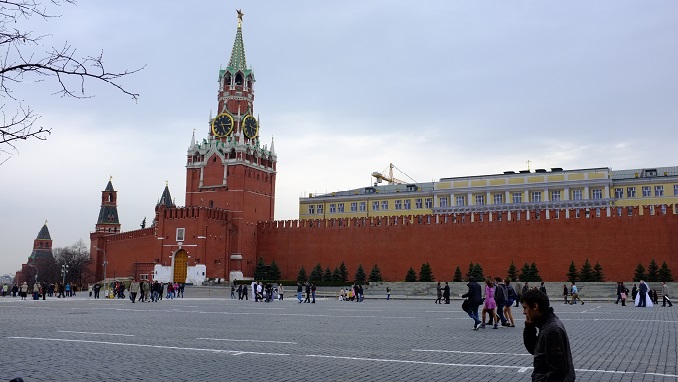The Russian currency slid again on Monday in response to another rapid drop in oil prices as well as concerns about the impact of the coronavirus on financial markets and the Russian economy, RIA Novosti reports.
The ruble was 2.7% weaker against the dollar at 74.53 by 0818 GMT, and shed 3.3% to trade at 83.42 versus the euro.
Responding to the coronavirus outbreak and its potential aftermath, the Russian government said it would create an anti-crisis fund of 300 billion rubles ($4.1 billion) to support its economy.
The central bank is also in focus as it will hold a rate-setting meeting on Friday and is expected to shed more light on its futures moves to ensure financial stability.
The ruble is hovering above its weakest levels since early 2016 of 75.49 versus the dollar and 85 against the euro it hit earlier this month, but it is much weaker than levels of 63.5 and 68.5, respectively, reached a month ago. So far this year, the Russian currency is one of the worst-performing against the dollar, having lost more than 17% of its value since late 2019.
The sudden drop in the price of oil, one of Russia’ key exports, has put the ruble under even more pressure.
“The backdrop remains negative for the Russian market,” said ING, referring to lower oil and expectations of lower demand for Russian exports.
ING also said it had revised the year-end ruble forecasts to 70 against the dollar from 66.
On Monday, oil prices extended losses as an emergency rate cut by the U.S. Federal Reserve failed to soothe global financial markets panicked by the rapid spread of the coronavirus, while a price war rages on between major oil producers. Brent crude oil, a global benchmark for Russia’s main export, was down 5.5% at $31.98 a barrel.
Russian stock indexes slid after a short-lived respite. The dollar-denominated RTS index was down 3.3% to 958.8 points. The ruble-based MOEX Russian index was 2% lower at 2,268.8 points.



